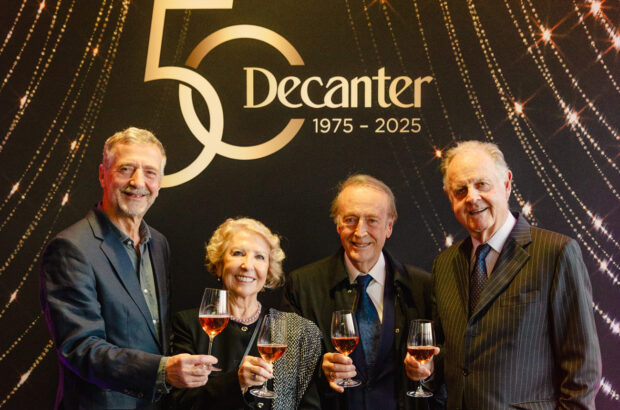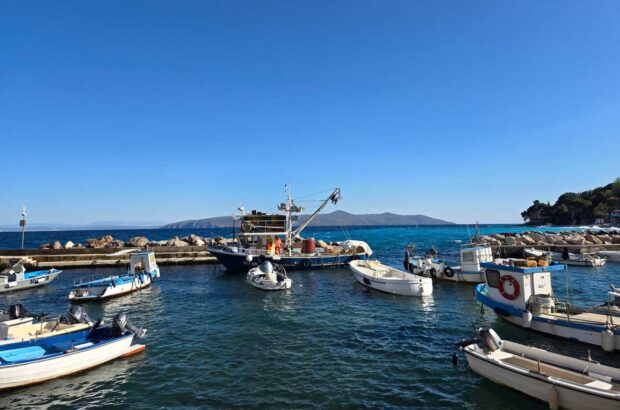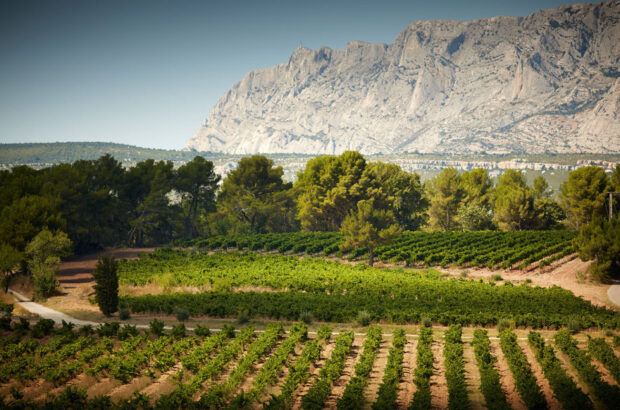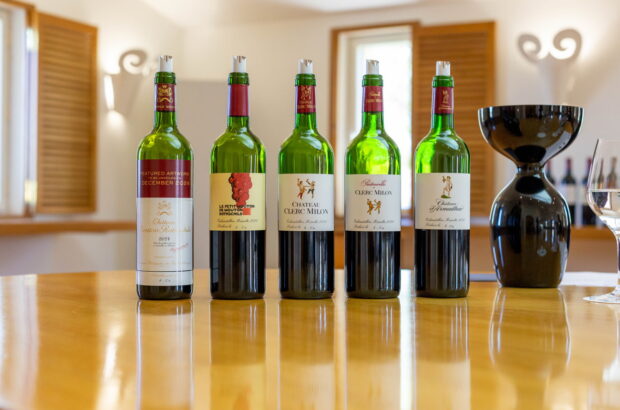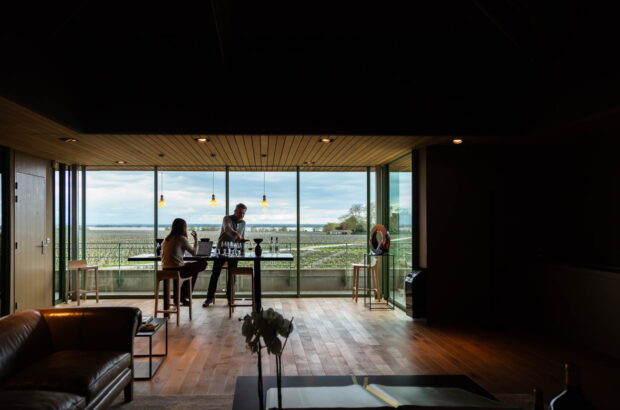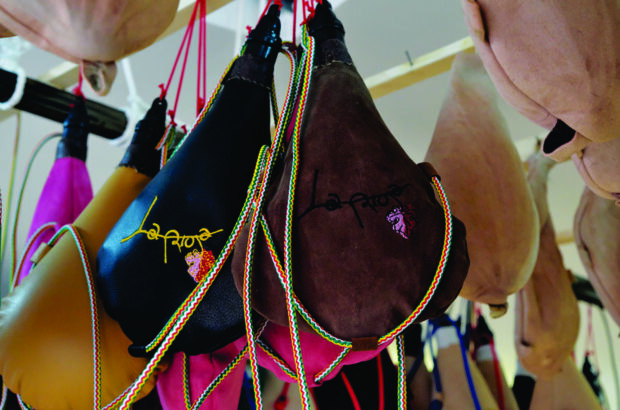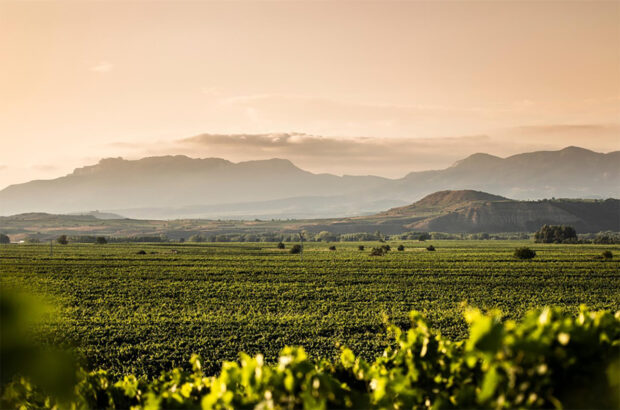When the Fiesta del Albariño began in 1953, it was very low-key – there were so few Albariños produced at the time that the same producer won the Best of Show award three years in a row – but it’s mushroomed into something much more substantial, with parades, concerts, workshops and loads of wines.
A couple of weeks before this summer’s event, Galicia hosted another, much smaller festival in the village of As Neves, close to the Portuguese border. This was the 17th edition of the Feria del Tinto de Rías Baixas, devoted to the region’s reds. Red plantings account for just under 1% of the Denominación de Origen’s 4,480ha, compared with Albariño’s 96%, so you can understand why the Feria is, of necessity, a more select event. And yet its significance is definitely growing.
The numbers are still comparatively small, but Rías Baixas’ reds are some of the most exciting in Spain right now – a secret that’s been shared by Hispanophiles for the past decade and is finally reaching a larger audience. Anyone who’s tasted the wines made by the likes of Albamar, Forjas del Salnés, Fulcro and Zárate – all brilliant Albariño producers, too – will surely agree. They are what Xurxo Alba of Albamar calls ‘reds with the souls of whites’: fresh, light-bodied, complex and wonderfully distinctive.
Wines from varieties such as Caiño Tinto or Espadeiro may seem new, but Galicia has a long history of growing red grapes. One of the most famous poems in the Galician language, Ramón Cabanillas’ Facing a Cup of Espadeiro Wine, hymned the latter grape’s nobility in 1917. Indeed, as recently as the 1970s, the overwhelming majority of what are now Rías Baixas’ vineyards were red. (The DO wasn’t created until 1988.) Marcos Barros of Maior de Mendoza, who’s just released a new blend called Variedades Tintas, told me that one of his strongest childhood memories was ‘treading red grapes with my grandfather’.
Why weren’t these wines better known? Firstly, most of them were produced in small quantities and drunk by the people who made them, or consumed in local bars and restaurants. Even today, Galician vineyards are generally atomised, divided into thousands of minifundios, or smallholdings. Also, they were often pretty rustic, with tooth enamel-threatening levels of acidity and rough, green, hair-shirt tannins.
Several things have helped to revolutionise the image of Rías Baixas’ reds. Climate change is the most important. Galicia remains a comparatively wet place to grow grapes, but harvests today are generally two weeks earlier than they were at the turn of the century. In the past, red grapes often struggled to ripen – and failed to do so entirely on occasion. Those warmer growing seasons started in 2011 and, despite the odd exception in later-picked vintages like 2021, have continued ever since. As a result, the region’s reds are much more consistent than they were.
Inspired by bodegas in Ribeira Sacra and, just over the border into Castilla y León, Bierzo, Rías Baixas started to take its own reds seriously again in 2005. That was the year when Rodri Méndez of Forjas del Salnés (aided by Bierzo superstar Raúl Pérez) and Señorío de Rubiós made their first reds. Sales were slow at first, but people gradually began to realise how brilliant these reds could be – and how much diversity they offer. In 2010, there were 16 producers; today, 45 of the region’s 178 bodegas make reds as well as whites.
Mencía, the main grape in Bierzo and Ribeira Sacra, is the second most planted red in Rías Baixas. But the list of eight permitted varieties also includes Brancellao, Caiño Tinto, Castañal, Espadeiro, Loureira Tinta, Pedral and Sousón, some of which are grown across the Miño river in Portugal, too. All of them have their qualities, but Espadeiro is the most fragrant and refined. Ramón Cabanillas, the poet who praised its unique qualities, was right all along.
In my glass this month
Rodri Méndez’s lipsmacking 93-point red Forjas del Salnés, Goliardo Tintos de Mar 2020 (£20 Decántalo) uses more or less equal amounts of Caiño Tinto, Espadeiro and Loureira Tinta from the Salnés Valley with Sousón from the warmer Condado de Tea sub-region. Bright, tangy, refreshing and energetic, it’s quintessential stuff, with redcurrant and pomegranate fruit, top notes of mint and wild herbs and thrilling minerality.




